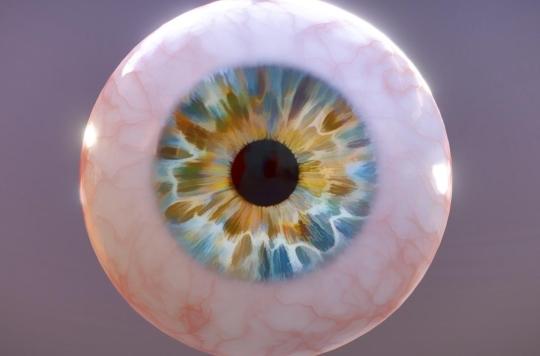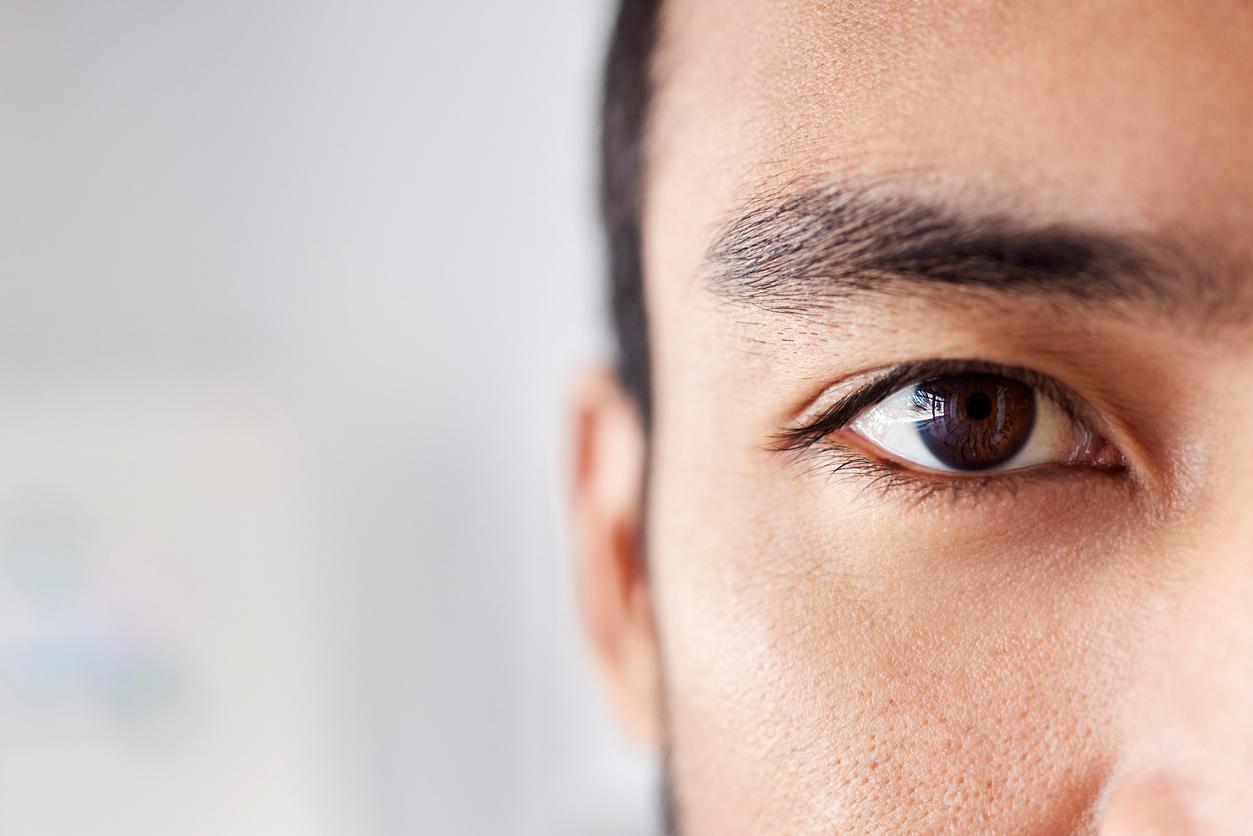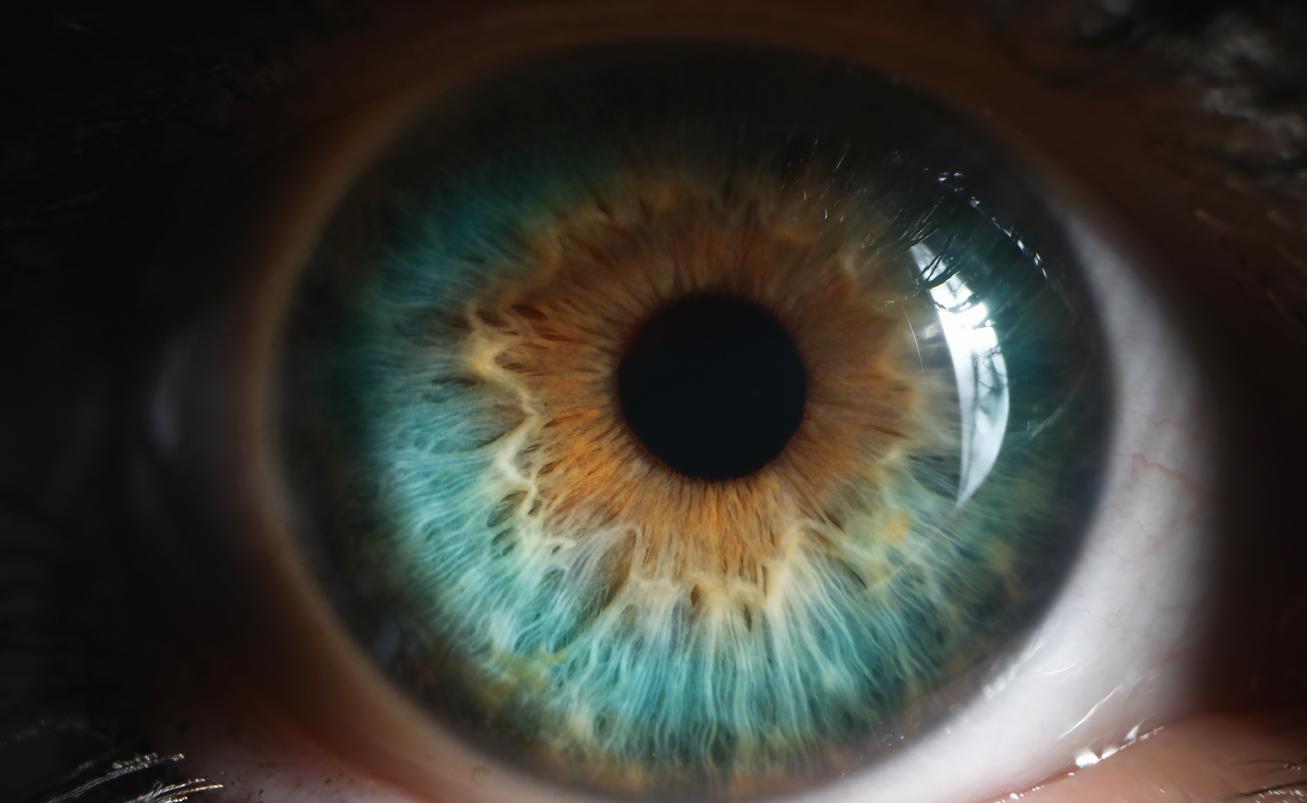A 47-year-old British patient has become the first patient in the world to be fitted with an ocular prosthesis made by 3D printing.

- This prosthesis is more realistic than the other alternatives.
- Steve Verze’s eye was scanned, his orbit was then molded and then digitized to create a detailed image sticking closer to reality.
- This new ocular model has the potential to cut the time needed to develop an ocular prosthesis in half.
This is a first that could subsequently benefit thousands of people. Steve Verze, a 47-year-old engineer based in east London, received an eye prosthesis made by a 3D printer on Thursday to replace his left eye. Moorfields Eye Hospital, which performed the operation, said on Thursday that it is the first fully digital eye prosthesis created for a patient.
We’re proud to support a world-first in ocular prosthetics: the trial of a digitally created 3D printed eye that will make it quicker & easier for up to 60,000 #NHS patients to receive a new eye, reducing waiting times????https://t.co/alP8nETMl9@NIHRresearch @Moorfields @UCLeye pic.twitter.com/n5dVU8pM9i
— NIHR Moorfields BRC (@MoorfieldsBRC) November 25, 2021
A realistic prosthesis
This prosthesis is intended to be more realistic than the other alternatives and is above all designed to offer “clearer definition and real depth for the pupil”, assures the London hospital. Other prosthetic eyes consist of a hand-painted iris on a disc which is then embedded into the eye socket but their design blocks light from entering “the full depth of the eye,” the hospital noted in the statement.
In the case of the 3D prosthetic eye, Steve Verze’s eye was scanned to ensure that both eyes look alike. The orbit of his eye was then molded and then digitized to create a detailed image sticking closer to reality. The 3D image was sent to Germany for printing before being shipped back to the UK, where it was finished and polished by an ocularist from Moorfields Eye Hospital. In addition to appearing more realistic, the procedure is considered less invasive.
Half the production time
For Steve Verze, this new eye marks the beginning of a new stage in his life. “I’ve needed a prosthesis since I was 20, and I’ve always felt embarrassed about ithe explained in the statement from the hospital. When I leave my house, I often take a second look in the mirror and I don’t like what I see. This new eye looks fantastic and based on 3D digital printing technology it will only look better.”
For other patients, this new ocular model has the potential to reduce the time needed to develop an ocular prosthesis.”A half”. This period is shortened from six weeks to between two and three weeks. A clinical trial involving more patients should begin quickly. “We hope that this clinical trial will provide us with solid evidence of the added value of this new technology, and the difference it makes for patients. This clearly has the potential to reduce waiting lists”, concluded Professor Mandeep Sagoo, an ophthalmologist at the hospital.
.














